Log in or create new account to save this product to your wishlist.
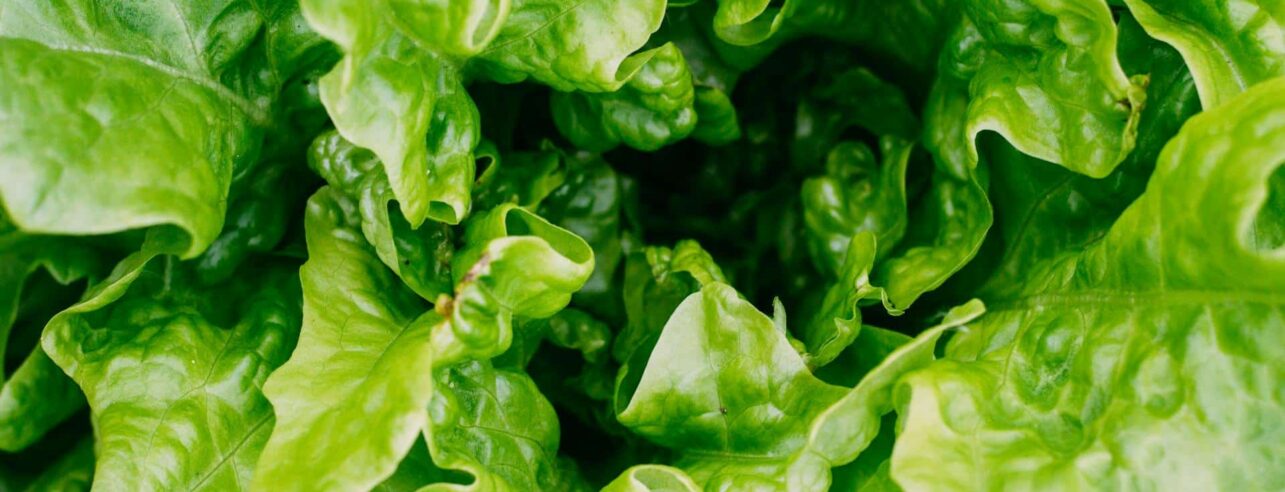
A Comprehensive Guide to Starting a Vegetable Garden
Want to have a vegetable garden, but don't know how and where to begin? From designing to planting to harvesting, we have the guide for your green start.
🌱 All important maintenance moments for your lawn during the year. Leave your email and we will send you the lawn calendar for free.
Enter your email
Receive the lawn calendar in the mail
Enjoy a green lawn all year round!

- Order by 2PM = shipped today
- 250.000+ satisfied customers!
- 60 day satisfaction guarantee
In this step-by-step guide on “starting a vegetable garden for beginners,” you’ll learn everything you need to know to successfully begin your own vegetable garden. From designing and setting up to care and maintenance.
- The benefits of starting your own vegetable garden
- Making a plan
- Where and when should your start your vegetable garden?
- Designing your vegetable garden
- Grouping your vegetables
- Choosing the right veg for your garden
- Planting gardens
- Preparing the soil
- Vegetable growing: sowing and planting
- A guide for starting your vegetable garden:
- Watering, fertilising, and mulching
- Dealing with pests and diseases
- Harvesting your vegetables
- Year-round maintenance
- Supplies needed
- FAQ’s
We’ll share practical tips for garden layout, inspiring vegetable garden ideas, and advice on pest control. Discover all there is to know about starting a vegetable garden!
The benefits of starting your own vegetable garden
Embarking on your own vegetable garden comes with numerous advantages. Firstly, you get to enjoy fresh and healthy vegetables that you’ve personally cultivated. You know the origin of your food, ensuring no harmful chemicals have been used.
Additionally, you save money on groceries by harvesting your own vegetables instead of buying them from the supermarket.
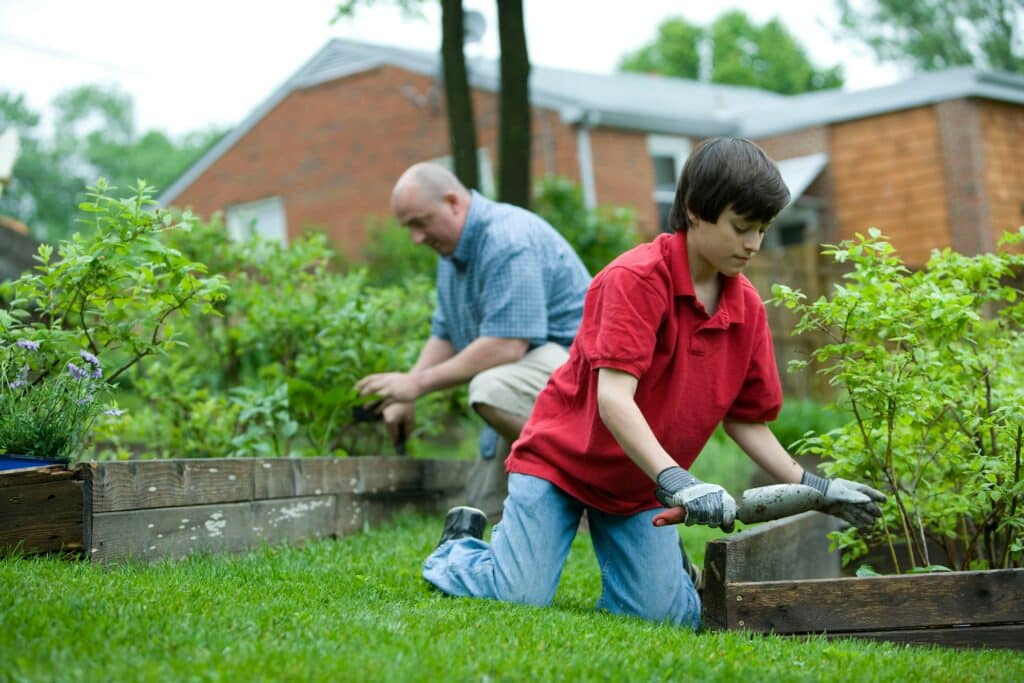
And by growing your own vegetables, you reduce the reliance on transportation and packaging, positively impacting the environment. This sustainable approach aligns with eco-friendly practices, promoting a healthier planet!
Making a plan
Before diving into the establishment of your vegetable garden, it’s important to make a plan.
Consider the size of your garden and the types of vegetables you want to cultivate. Create a list of vegetables that thrive in our climate. Factor in the space each vegetable needs to grow, so you can plan the right distances between plants.
Where and when should your start your vegetable garden?
Ideally, choose a spot that receives a minimum of six hours of direct sunlight daily.
If your vegetable garden experiences significant shade, don’t fret. But keep this in mind when selecting vegetables to plant, choosing varieties that flourish in partial shade, such as lettuce, spinach, and Swiss chard.
Once you’ve decided on the location of your vegetable garden, the next question is when to do it. While you can theoretically begin a vegetable garden at any time of the year, we’d recommend to kick off your vegetable garden in the spring. Then you can immediately start sowing and planting!
Designing your vegetable garden
It’s time to design your vegetable garden. Begin by sketching a layout on paper, considering the dimensions of your garden and the requirements of each vegetable.
Also, consider using raised beds, as they enhance drainage and limit weed growth.
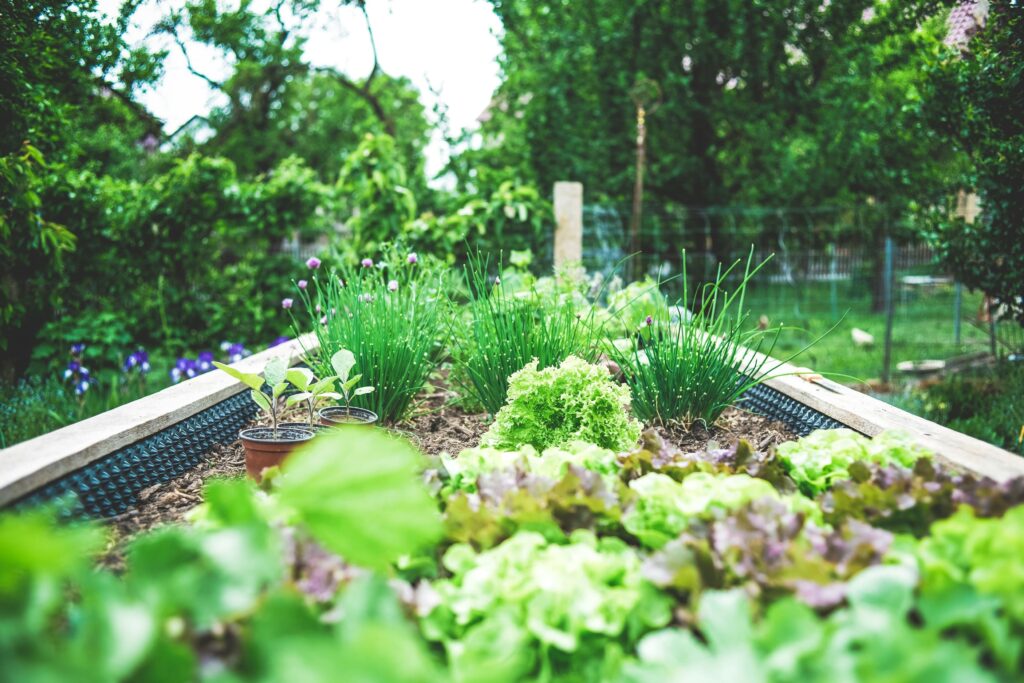
Next, determine the layout of your vegetable garden. There are various options for starting a vegetable garden, ranging from a square meter garden to rows or the use of trellises.
Consider which method suits you and your vegetable garden best, with the available space playing a significant role. For smaller spaces, going vertical is a smart move. In such cases, place climbing vegetables, like zucchini, peas, and beans, along trellises and stakes.
Grouping your vegetables
Divide your vegetable garden into at least four sections. This allows you to plant species from the same crop group together.
For instance, plant root vegetables alongside tubers, and group lettuces, cabbages, or legumes together. Rotate the crops each year, as each crop group utilises specific nutrients. Some vegetables are nutrient-demanding, while others require less from the soil or even return nitrogen to the ground, like peas.
Alternating between different crops helps manage diseases and pests while optimising the soil’s nutrient content.
Choosing the right veg for your garden
When starting vegetable gardening as a beginner, it’s smart to begin with vegetables that are easy to grow. Some excellent options include:
- Lettuce
- Onions
- Beans
- Spinach
- Radishes
- Garlic
- Zucchini
- Potatoes
These vegetables are generally resilient and require minimal care.
Planting gardens
When starting a vegetable garden, consider planting crops next to each other that complement one another. Creating a herb garden or interspersing herbs among your vegetables is a great idea.
Herbs can aid in pest control; for example, basil and chives protect tomato plants from aphids, and planting borage alongside lettuce and cabbage helps deter slugs and caterpillars.
Preparing the soil
Begin by removing any weeds and stones from the soil. Next, turn and loosen the soil using a garden spade or tiller.
Enhance soil fertility by incorporating organic matter such as compost or well-rotted manure.
Make sure that the soil is well-draining while retaining enough water. Test the soil for pH levels and adjust if necessary using lime or sulfur. A healthy soil foundation is vital when embarking on your vegetable garden journey.
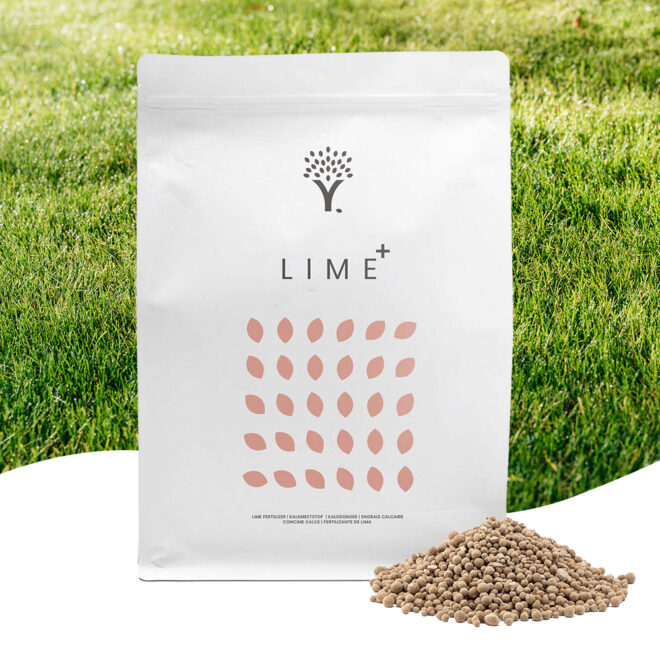
- Reduces soil acidity
- Promotes nutrient absorption
- Enriches soil composition
Explore more about analysing and improving your soil type.
Vegetable growing: sowing and planting
Most seeds can be sown directly into the soil in spring. Sow the seeds evenly and water them. Keep the soil moist until the seeds germinate and seedlings start to grow.
If you opt for purchasing seedlings instead of sowing seeds, ensure you select healthy and robust seedlings. Dig a hole in the ground large enough for the seedlings’ roots and gently place them in the soil.
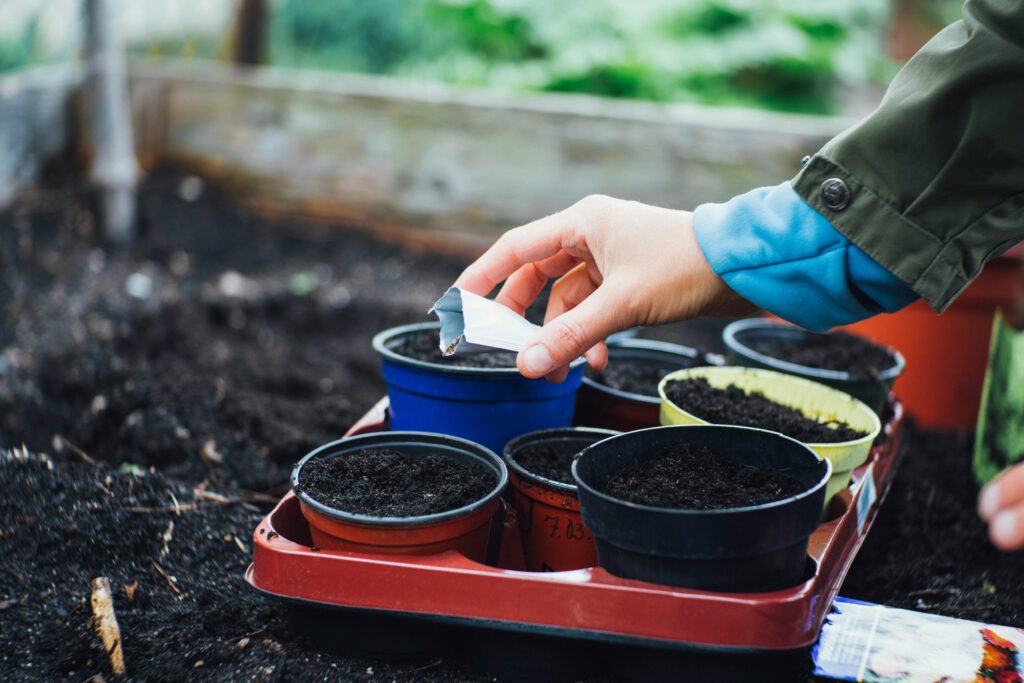
Cover the roots with soil and water. One advantage of starting your vegetable garden with young plants is that you’ll see results sooner.
Pre-sprouting
For some vegetables, pre-sprouting is advisable. This involves sowing the seeds indoors, in a seed tray, and later (usually from mid-May) moving them outside.
Before giving these plants a permanent place in your vegetable garden, you need to harden them off. This means gradually acclimating them to outdoor conditions. You build up exposure, until your plant can handle spending the night outdoors.
A guide for starting your vegetable garden:
To make starting your vegetable garden even easier, we’ve summarised everything in the step-by-step plan below.
Step #1: Choose a Location
Find a spot in your garden that receives at least 6 hours of direct sunlight per day. Also, ensure access to water.
Step #2: Determine the Size
Decide how large your vegetable garden should be. Start small if you’re just beginning; you can always expand later.
Step #3: Soil Preparation
Test the soil to determine pH levels and nutrients. Add compost or other organic matter to improve the soil.
Step #4: Plan Your Crops
Choose crops suitable for the climate. Consider plant spacing and crop rotation to maintain soil health.
Step #5: Create Beds or Sections
Establish raised beds or use planting sections to improve drainage and simplify maintenance.
Step #6: Sow and Plant
Sow seeds or plant seedlings according to recommended times and depths. Label the plants so you know what’s growing where.
Step #7: Watering
Water regularly, especially during dry periods.
Watering, fertilising, and mulching
A common mistake for beginners starting a vegetable garden is overwatering. This can make your plants lazy and produce fewer vegetables. To keep your veg healthy, it’s important to water them regularly. Water in the early morning or late evening to minimise evaporation.
Another essential step is to regularly fertilise. Use an organic fertiliser suitable for vegetables. Follow the instructions on the packaging for the correct amount and timing of fertilisation.
Keep in mind that some types, such as zucchini, bell peppers, and potatoes, require more fertiliser than others, like legumes, carrots, and beets.
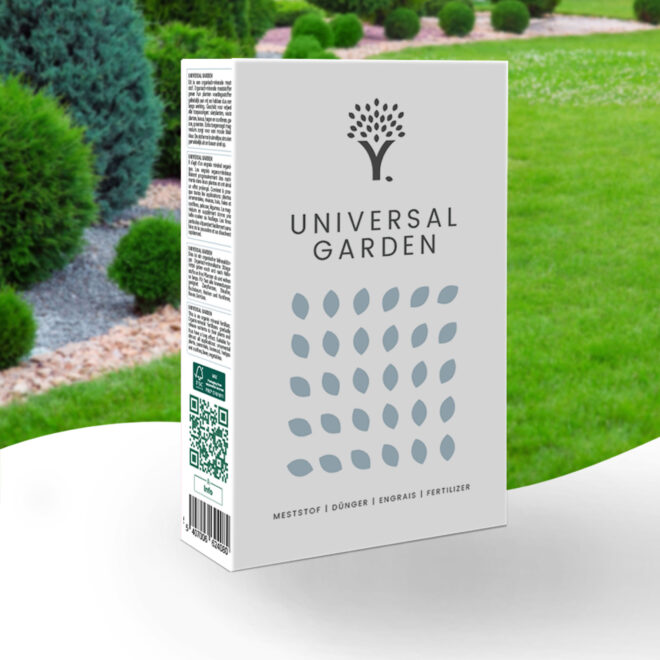
- Balanced formula that benefits all greenery
- Suitable for organic farming
- Ensures tasty vegetables and abundant flowering
Mulching is another crucial step. Mulch places a layer of organic material on the ground, such as straw or wood chips, to retain moisture, limit weed growth, and regulate soil temperature. Apply a layer of mulch around your vegetables and leave the stems or trunks of the plants uncovered.
Dealing with pests and diseases
It’s possible that you may be plagued by pests and diseases. Fortunately, there are various ways to address these issues.
A good preventive measure is to keep your vegetable garden clean and tidy. Regularly remove weeds and fallen leaves, as they can create breeding grounds for insects and pathogens.
If the pests or diseases are severe, consider using organic pesticides, such as our biological fungus control or environmentally friendly slug pellets.
Harvesting your vegetables
Harvesting your vegetables is one of the most satisfying aspects of having a vegetable garden.
Check the color, size, and texture of the vegetables to determine if they are ready for harvest. Use a sharp knife or pruning shears to carefully cut the vegetables from the plant.
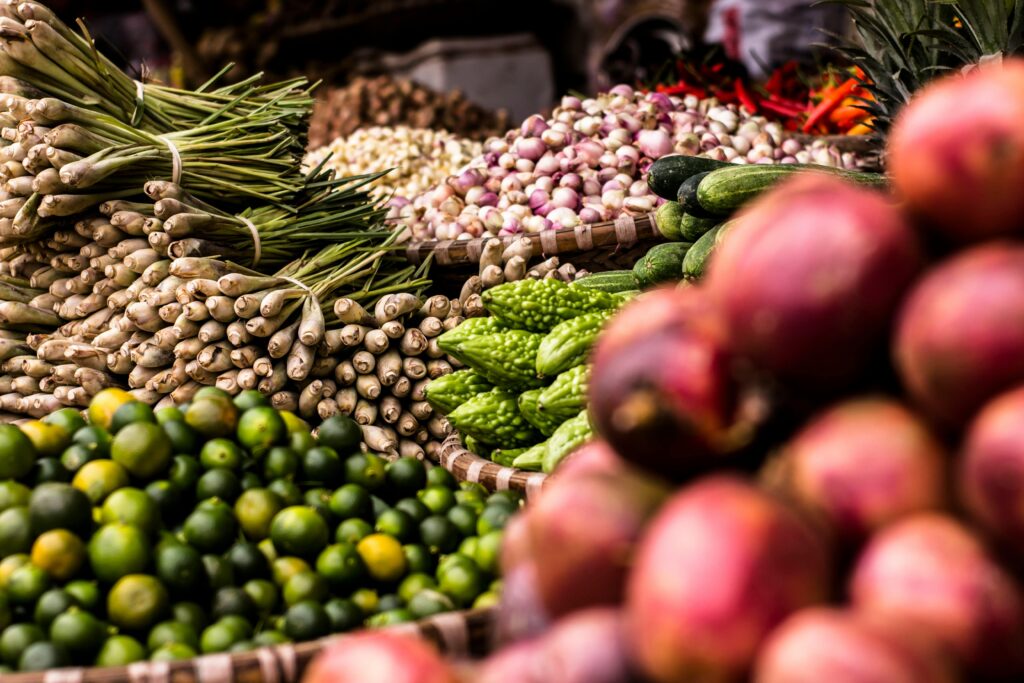
Regularly remove ripe vegetables to make room for new growth. Some vegetables, such as tomatoes and beans, will continue to grow and produce throughout the entire growing season. Others, like lettuce and radishes, have a shorter growth period and need to be harvested regularly.
Year-round maintenance
A vegetable garden requires year-round maintenance to remain healthy and productive.
In spring, you can start preparing the soil and planting the first crops. During the summer, it’s crucial to regularly water and fertilise your vegetables. In autumn, you can harvest the remaining crops and tidy up the garden. You can also cover the soil with mulch to protect it from frost.
Supplies needed
Before you start establishing your vegetable garden, it’s essential to have the necessary supplies on hand.
Some essential supplies include gardening tools like a shovel, rake, hoe, and watering can. You’ll also need seeds or seedlings of the vegetables you want to grow.
Additionally, a good soil amendment, such as compost or manure, is crucial for healthy plant growth.
FAQ’s
If you want to start a vegetable garden, it’s important to determine the location and layout of your garden. Once that’s done, you can start sowing seeds or planting seedlings, preferably in spring.
It’s best to start when it’s not too hot, and there’s no risk of frost. The ideal period to establish your vegetable garden is from February to March. Starting in spring has the advantage that you can begin planting right away.
To create a good plan, it’s essential to first determine the location of your plot and decide what you want to plant. Try to incorporate crop rotation (rotating crop types) to avoid depleting the soil. Also, consider care and maintenance in your plan.
Ready to get started?
This step-by-step guide for beginners is your key to turning the dream of vegetable gardening into reality.
Want to discover how to sow wildflowers in your garden, or how to maintain a garden on your balcony? Our expert gardening tips have got you covered!
If you have any questions, be sure to leave a comment or get in touch!
Happy gardening!
-
How to Grow Eucalyptus in British GardensWith a little love and care, eucalyptus trees can thrive in English gardens. Since they don’t germinate well without proper help, there are not considered invasive. So, there is no reason not to plant them if you enjoy their looks.Read more
-
Transform Your Garden with All-Year-Round Flowering PlantsDid you know you can enjoy blooming flowers even in January? With the right selection of all year round plants, there’s no need to wait until spring to add some colour to your garden.Read more
-
How to Create a Butterfly Garden: A Simple Guide for British GardensThe UK's butterfly population includes 59 different species. These beautiful winged creatures face a steady decline because of habitat loss, pollution and changing weather patterns. Your garden can become a vital link between nature reserves and natural habitats. Let’s explore how.Read more
-
Volcanic Rock Dust for Your Garden—Application and TipsDid you know that volcanic rock dust is a brilliant organic soil improver? This article explains exactly what it's good for and how to use it properly.Read more
-
How to Use Landscape Fabric ProperlyIf weeds or erosion in your garden are troubling you, landscape fabric might be the solution. We’ll explain how and when to use it properly, just keep on reading.Read more
-
Hostas: A Complete Care GuideIf you have a north-facing garden or some shady corners on your property, hostas are the plants for you. These green delights thrive particularly well in partial to full shade and require consistently moist soil to perform at their best.Read more
-
How to Grow Grapes in Your Garden: A Simple Step-by-Step GuideGrapevines produce some tasty fruits, but often they are simply grown for their gorgeous leaves. Whatever your motivation may be, we have a guide on how to grow grapes for you.Read more
-
Worm Composting Made Simple: From Kitchen Scraps to Garden GoldDid you know that a single pound of composting worms can devour half their body weight in waste every day? That's roughly twelve pounds of kitchen scraps transformed into garden gold each month! We will look at how to make this happen.Read more
Leave a comment
Your answer will be displayed on the site and the interested party will be notified by email.
Leave a comment
Have a question or want to share your experience? Leave us a comment.

- Order by 2PM = shipped today
- 250.000+ satisfied customers!
- 60 day satisfaction guarantee

- Order by 2PM = shipped today
- 250.000+ satisfied customers!
- 60 day satisfaction guarantee

- Order by 2PM = shipped today
- 250.000+ satisfied customers!
- 60 day satisfaction guarantee

🌱 All important maintenance moments for your lawn during the year. Leave your email and we will send you the lawn calendar for free.
Enter your email
Receive the lawn calendar in the mail
Enjoy a green lawn all year round!












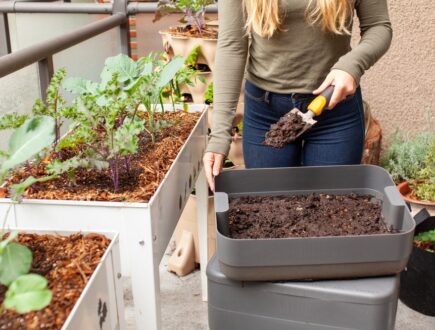








Comments (0)
There are no comments yet. Well then, what are you waiting for to
Be the first to write your comment!inaugurate this pretty page?
Do you have some comments?